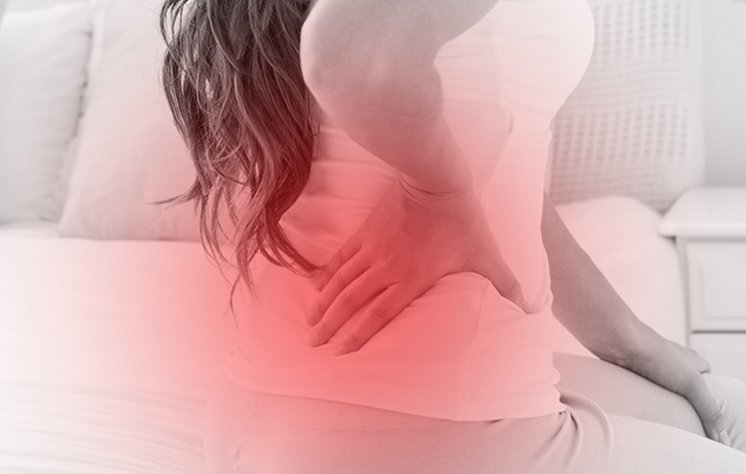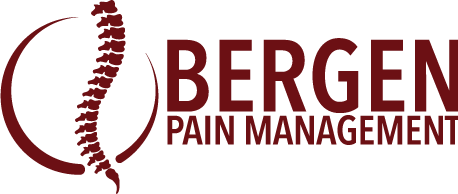
Thoracic Sprain
What is Thoracic Sprain?
The seven bones of the spinal column in your neck are connected to each other by ligaments and muscles–strong bands of tissue that act like thick rubber bands. A sprain or tear occurs in one or more of these soft tissues when a sudden movement, such as a motor vehicle collision or a hard fall, causes the neck to bend to an extreme position.
Signs and Symptoms
Common symptoms of a cervical sprain include pain in the back of the neck, muscle spasms, headache, sore throat, increased irritability, numbness and neck stiffness.
Treatment Options
Common treatment options for a cervical sprain include massaging the tender area, an ultrasound, cervical traction and aerobic and isometric exercise.

